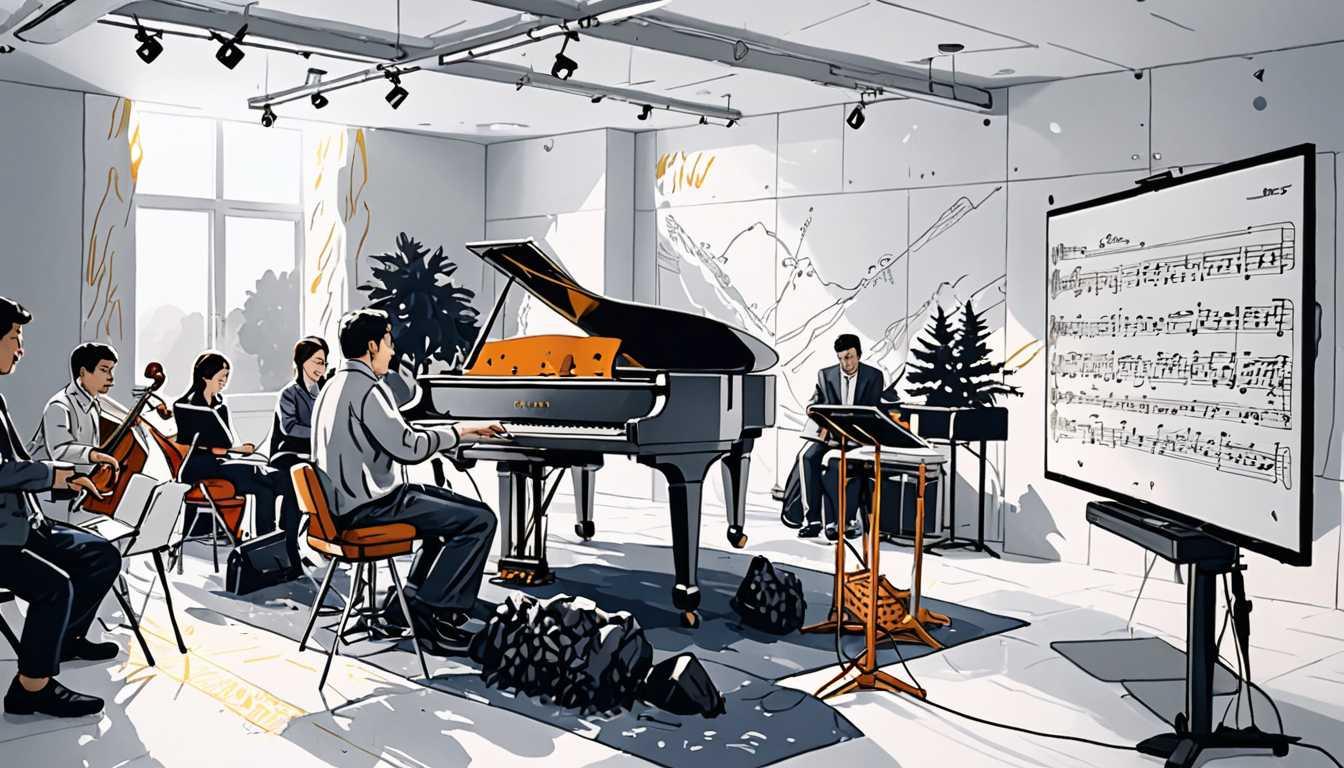Building Science: Legos to the Rescue!
June 2024
MIT Technology Review
Introduction
Dive into the colorful world of Lego bricks and discover how these fun building blocks are breaking down barriers in science! This playful article from CellImage explores how creativity meets education, making complex concepts accessible and engaging. Who knew that playing with toys could spark a passion for science? Grab your bricks and get ready to build your knowledge!
READ FULL ARTICLEWhy It Matters
Discover how this topic shapes your world and future
Building a Brighter Future with LEGO
Imagine taking a simple toy and transforming it into groundbreaking scientific equipment! This is exactly what researchers like Etienne Boulter and Cassandra Quave are doing by using LEGO bricks to create affordable lab tools. This innovative approach is not just about saving money, it’s about making science accessible to everyone, no matter their budget. Mechanobiology, the study of how mechanical forces affect cells, has significant implications for medical research and treatments, particularly for skin diseases and healing. By using everyday materials like LEGO, scientists can build devices that mimic complex biological processes, making it easier to understand how our bodies work. This creativity in problem-solving is something you can apply in your own life. Whether in academics or personal projects, thinking outside the box can lead to amazing outcomes!
Speak like a Scholar
Mechanobiology
The study of how mechanical forces, like stretching or compressing, affect living cells and tissues.
Chromatography
A lab technique used to separate different substances within a mixture, often used in chemical analysis.
Bioprinter
A type of 3D printer that can create living tissues or cells by layering bio-ink, which contains living cells.
Optics
The branch of physics that studies light and its interactions with matter, important for making devices like microscopes.
Open Source
A term that refers to software or plans that are shared freely for anyone to use, modify, or distribute, promoting collaboration and innovation.
Ethnobotany
The study of how different cultures use plants for food, medicine, and other purposes, often involving field research in diverse environments.
Independent Research Ideas
LEGO in Science Education
Explore how building LEGO models can enhance learning in STEM subjects. Investigate the effectiveness of using hands-on activities in classrooms.
Affordability in Research
Analyze the impact of low-cost lab equipment on scientific research, particularly in developing countries. Examine case studies where DIY tools have made a difference.
Mechanobiology and Health
Research how mechanobiology can influence treatments for skin diseases and other conditions. Consider what future breakthroughs might emerge from this field.
Environmental Impact of Synthetic Materials
Investigate the environmental implications of using LEGO bricks in scientific research and education. What are the benefits and drawbacks of using plastic in labs?
Interdisciplinary Innovations
Look into other fields outside biology, like engineering or art, where LEGO could inspire innovative solutions. What are some creative applications of LEGO in these areas?
Related Articles

Blood Test Decodes Bipolar Mystery
October 2023
University of Cambridge

Bad Hair Days: The Science Behind Splits
July 2024
Trinity College Dublin

Breakthroughs Unveiled: Nobel Factory's Secrets
July 2024
King's College London - News

Heartbeats and Harmonies: The Music Connection
October 2024
King's College London - News

MRI and Brain Cancer: New Hope
April 2024
King's College London